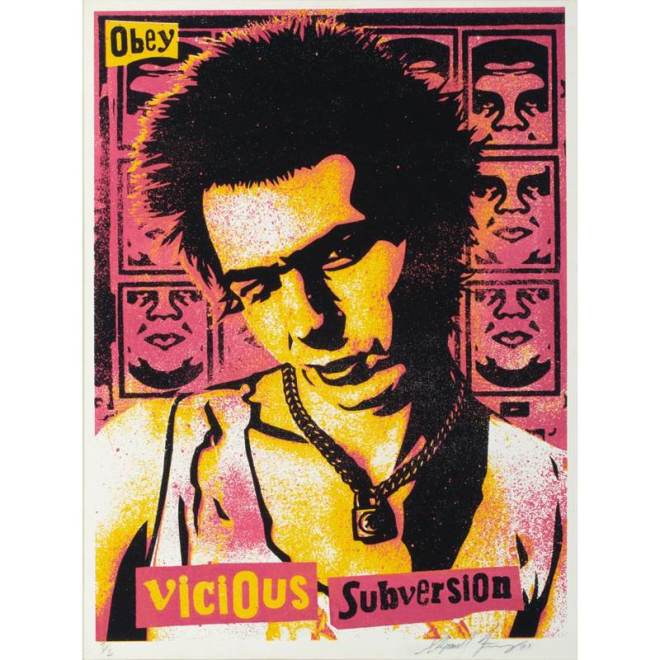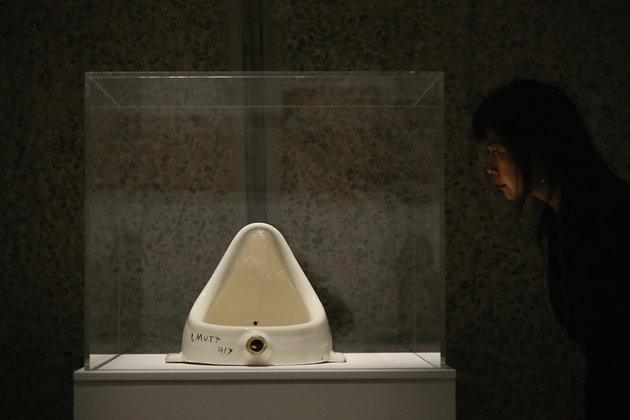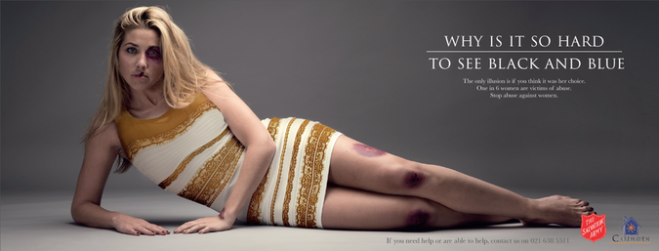Rammstein
It’s almost helpful to approach Rammstein from the perspective of performance art. Certainly, their music is powerful in the tradition of the best industrial and metal music throughout history, but they’re punks at heart. They became a metal band because they thought it would be a fun idiom to exploit and subvert.
They couldn’t have less in common with the juvenile self-aggrandising misanthropy of groups such as Slipknot and Limp Bizkit. (I didn’t pick these names out of a hat, either — Rammstein has toured with both groups, and neither tour ended well.) Their closest peers in America would probably be System Of A Down — both groups lean to the far left on the political spectrum and share similarly humanistic philosophies. But Rammstein have only recorded a handful of songs with an indirect political bent, preferring instead to wreath their philosophy in the guise of a detached third-person, whereas SoaD always broadcasts their sentiment from the first-person imperative. Reise Reise sees the group begin to move away from this detachment, if only incrementally.
The six members of Rammstein did not simply grow up in Germany, they grew up in East Germany, and to this day they remain stalwart socialists (despite the fact that this egalitarianism hopelessly clogs the group’s decision-making process). They are also the products of a unique and painful historical perspective that grants their music a powerful authority. Whereas tyros such as Marilyn Manson toy with the trappings of fascism in order to make satirical feints at obvious American hypocrisies, Rammstein have lived through literal fascism, have suffered under the kind of economic and political repression that most Americans can only vaguely imagine. When they summons the lockstep wraiths of totalitarianism, it is a vivid and deadly presence, standing over their shoulders and peering down from recent history. If they occasionally overreach in their disgust of America’s reactionary politics, it can be forgiven: they have earned their skepticism towards dangerous political ideas the hard way. Of course, if they never tour America again that will just give hoards of American metalheads another reason to love our current administration.
Rammstein have always cultivated a fascination with aberrant behaviour, and have used their music to explore facets of popular culture that would otherwise go unheralded. With “Mein Teil” they dissect what would appear to be a cut-and-dried example of pathology, examining the problem from the perspective of the victim who chose to give his life to achieve some sort of inexplicable immortality though self-immolation. Thematically, it may seem reminiscent of similarly grim passages of the Manic Street Preachers’ Holy Bible, but whereas the tone of that album was unsurpassed disdain, Rammstein are always trying to reach a more sophisticated rapprochement with the darker edges of existence: they wish to understand why a person would want to eat and be eaten, and how such a depraved act could possibly lead to the kind of sublime spiritual communion implied by Miewes and Juergen.
Sonne
Sonne (German for Sun) is a Rammstein song released in 2001. The video is an interesting example of subversion as it is based around the fairytale “Snow White”. The idea for the video came about when one member was mixing the song and parts of the “Snow White” movie, they liked the juxtaposition between the heavy music and the sweet fairytale but also found it strangely fitting, stating: “It fits beautifully, that Snow White is somehow the Sun for these dwarves”. The video twists the image of “Snow White” and changes her from a perfect Disney princess to a mean, drug addicted person.
You can view the English lyrics for Sonne here: http://affenknecht.com/lyrics/rammstein-sonne-lyric-with-english-translation/ and the lyrics for Mein Teil here: http://affenknecht.com/lyrics/rammstein-mein-teil-lyric-with-english-translation/






